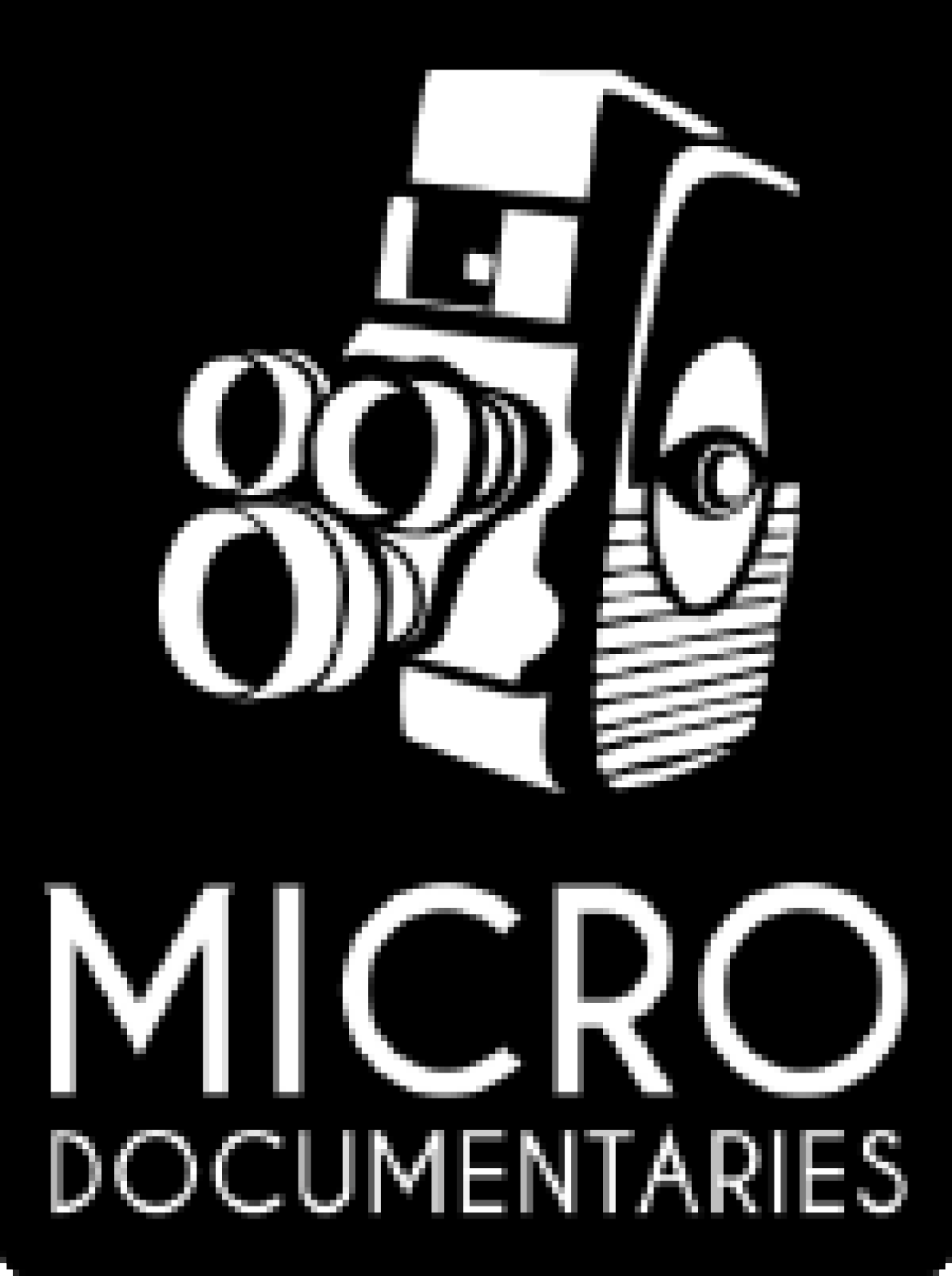Short films are one of the most effective ways to grab media attention these days. The stories editors and journalists create, in turn, result in ever-wider distribution for the short film. That’s the kind of positive feedback loop we all want to be part of.Becoming part of this cycle and grabbing the attention of your favorite magazines or online sites starts with the quality of your short films themselves. Let’s look at the success of ReadyForZero‘s microdoc, which recently landed in Fast Company magazine, for some key takeaways.
1) Get yourself out of the way: One of the principles we use to evaluate the quality of a micro-documentary is to determine whether it leads to the solution rather than leads with the solution. Short films that lead with the solution often feel overly promotional. The reason for this is that they tend to put the audience on guard – what are they trying to sell me? What do they want to get me to do? Instead, keep your featured solution for last and use it as an example to reinforce the education and inspiration you offer your audience. In ReadyForZero’s video, rather than lead with their product, they start with the widespread problem of debt in today’s society and how anyone, including the co-founder of the company, can get overwhelmed by the challenge of climbing out.
2) Share your problems: One powerful way of starting your short films is by connecting with your audience on an issue they care deeply about. Offer the learnings that you have experienced related to that topic. Share your understanding of the challenges and their implications. This tells your audience that you understand them and have a shared experience with them. ReadyForZero’s co-founder, Rod Ebrahimi, confides that he’s struggled with debt in the past and is still paying some of it off. The sense of unknown and powerlessness that he conveys surely resonates with many in his audience. When he says, “I needed a tool like this,” we are naturally inclined to believe him.3) Paint a picture of your envisioned future: Sharing your vision will naturally invite the audience to be part of that future without really having to ask them. In the ReadyForZero video, Rod envisions a world in which people will have control over their own finances, debt included. Part of that control means having the confidence to share their situation with others so that they can partner for the best solution. Naturally this leads viewers to consider the ReadyForZero product as a partnership for a better future, rather than a sales pitch.
4) Complement the story with a statistic: A powerful way to complement a narrative that engages emotionally is to offer statistics to reinforce the points being made. In this case, ReadyForZero ends their short film by sharing that 77 percent of Americans lose sleep over their finances. Not only does this large number make it more relevant to the editors, it also offers comfort to the end audience in feeling that they are not alone.
5) Make the call-to-action aspirational: Offering a trigger that translates inspiration into action is the key final touch to a successful microdoc. However, even here, it is wise to keep the over-promotional tendencies in check when trying to appeal to the press. ReadyForZero uses an aspirational approach that is not jolting with the editorial context in which it got picked up: Take control and reduce what you owe with ReadyForZero.

